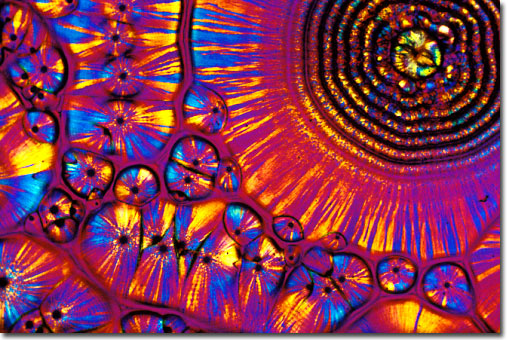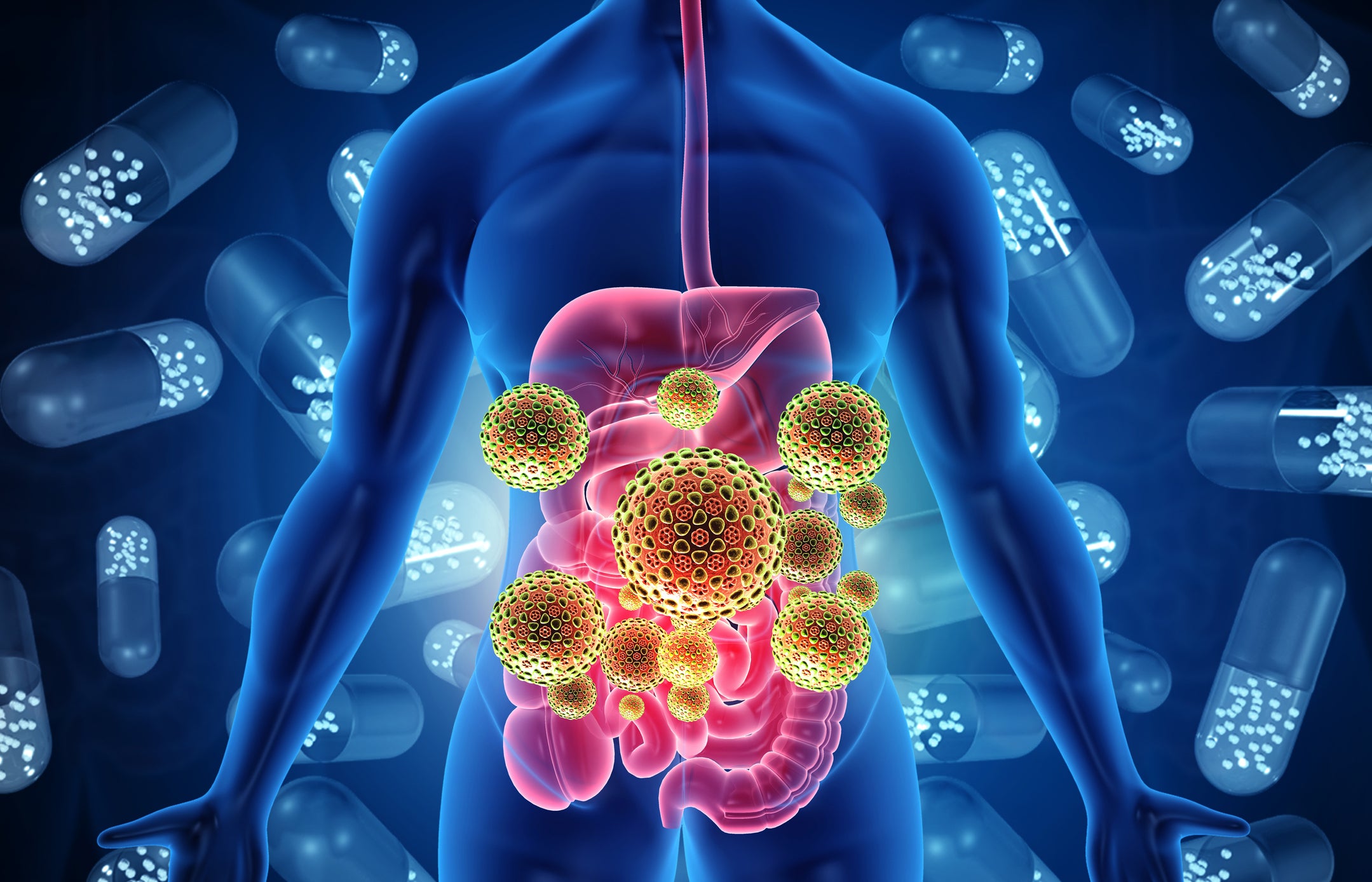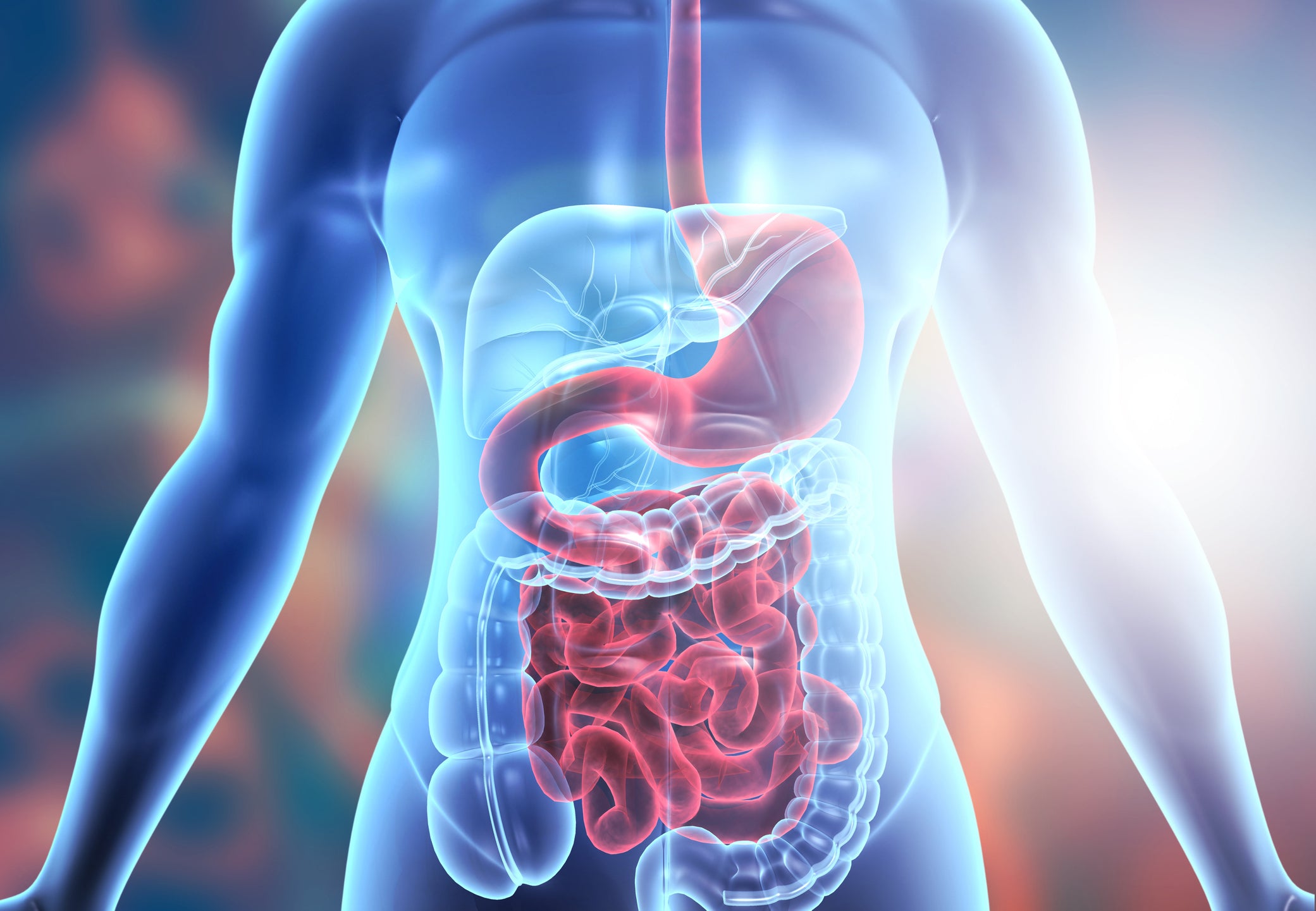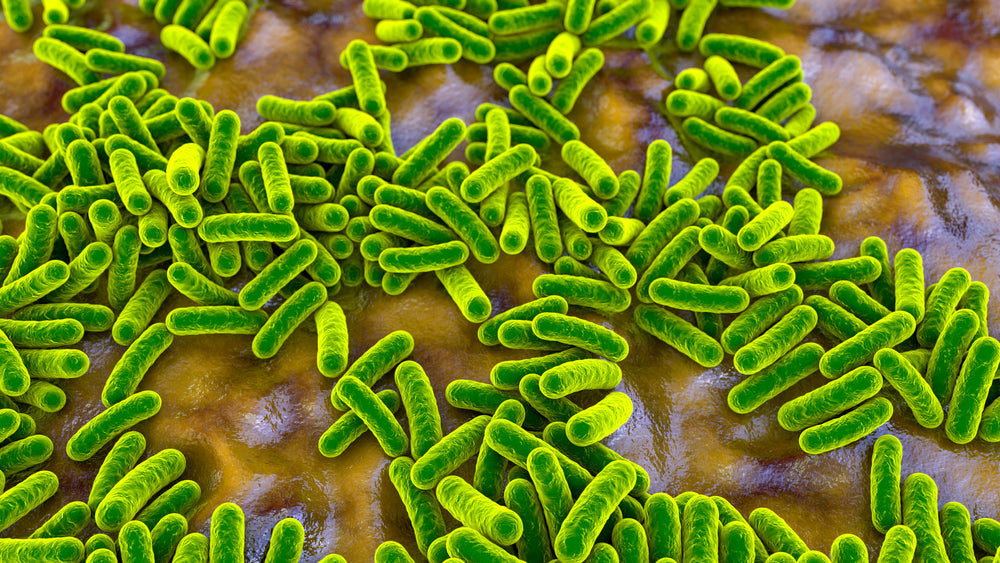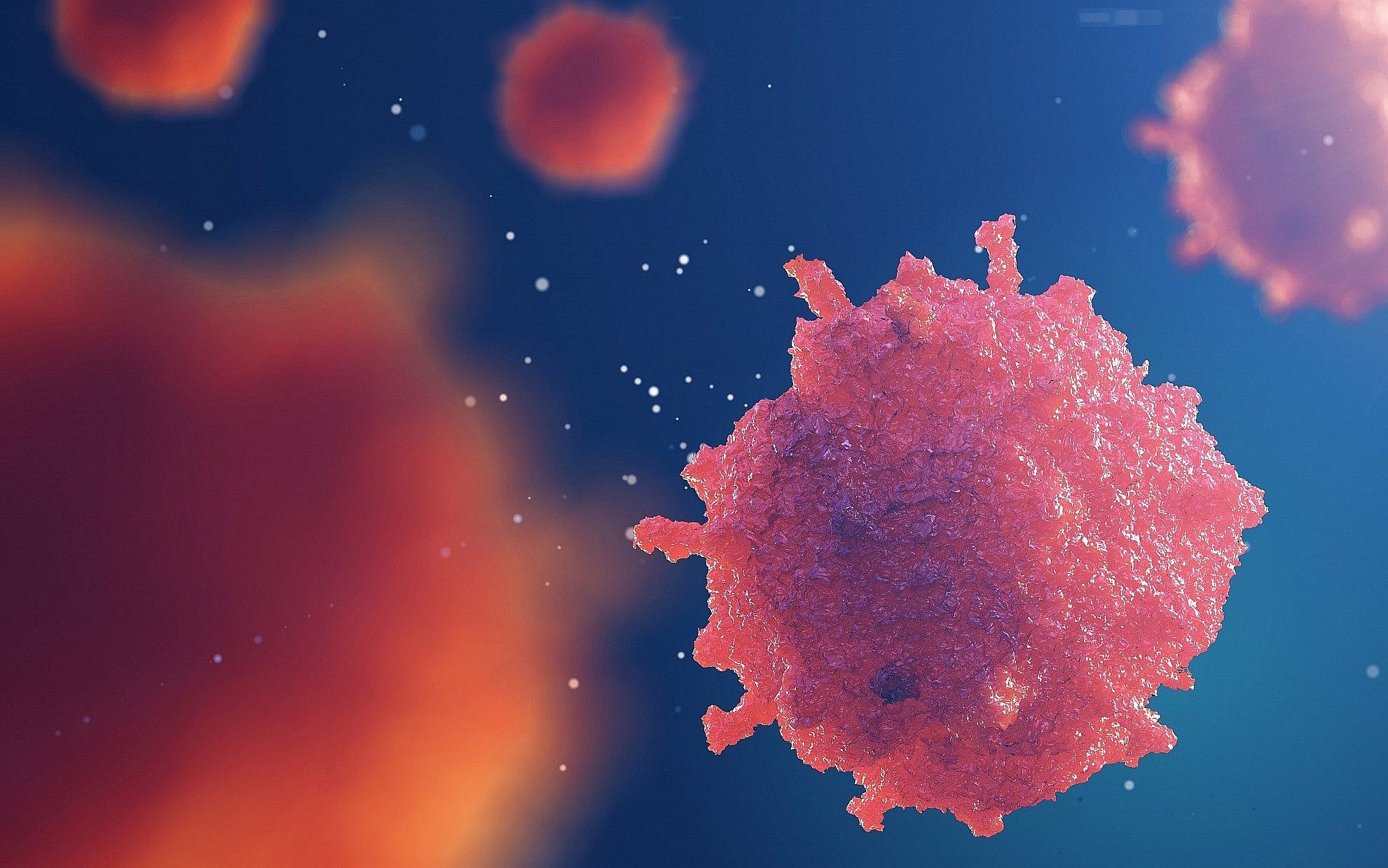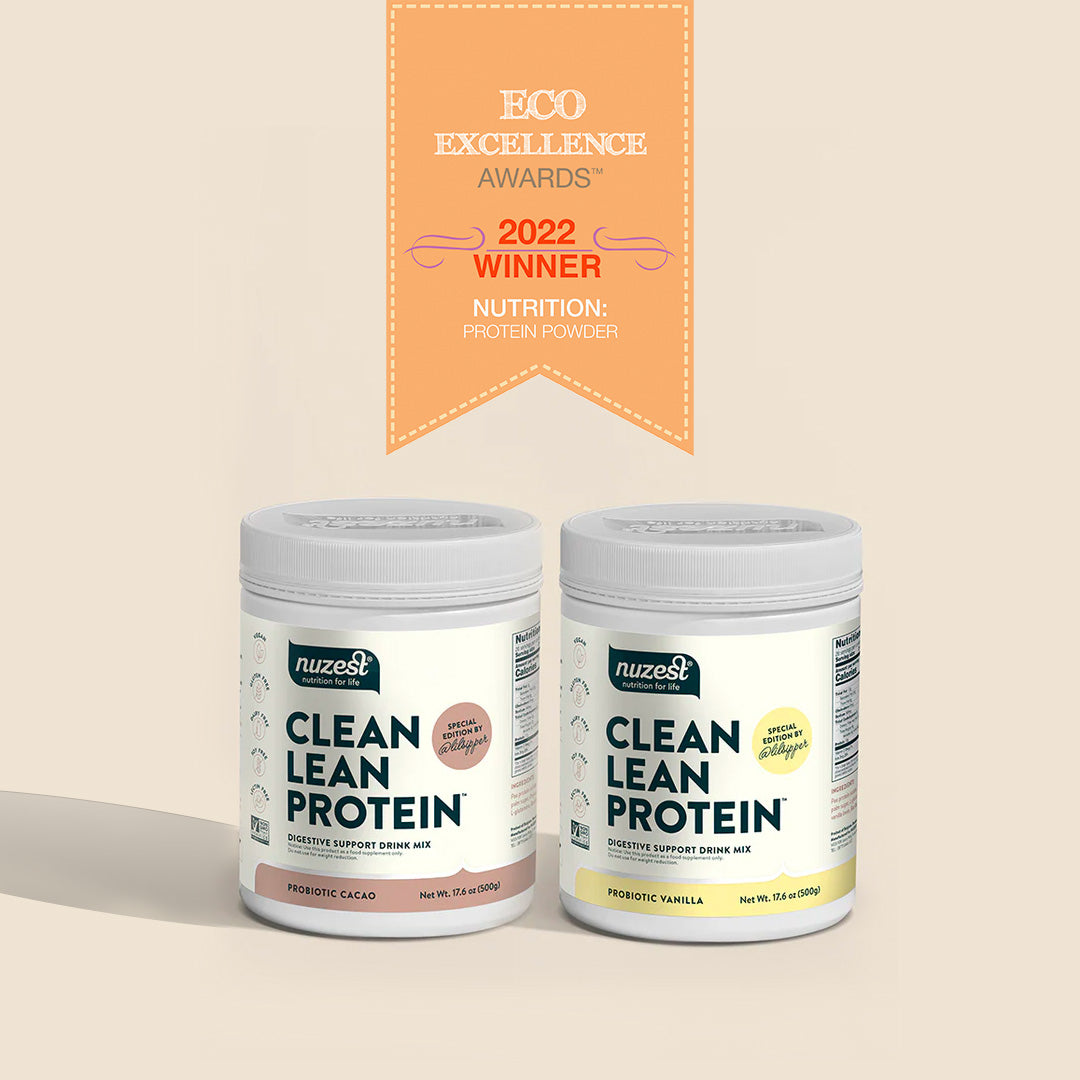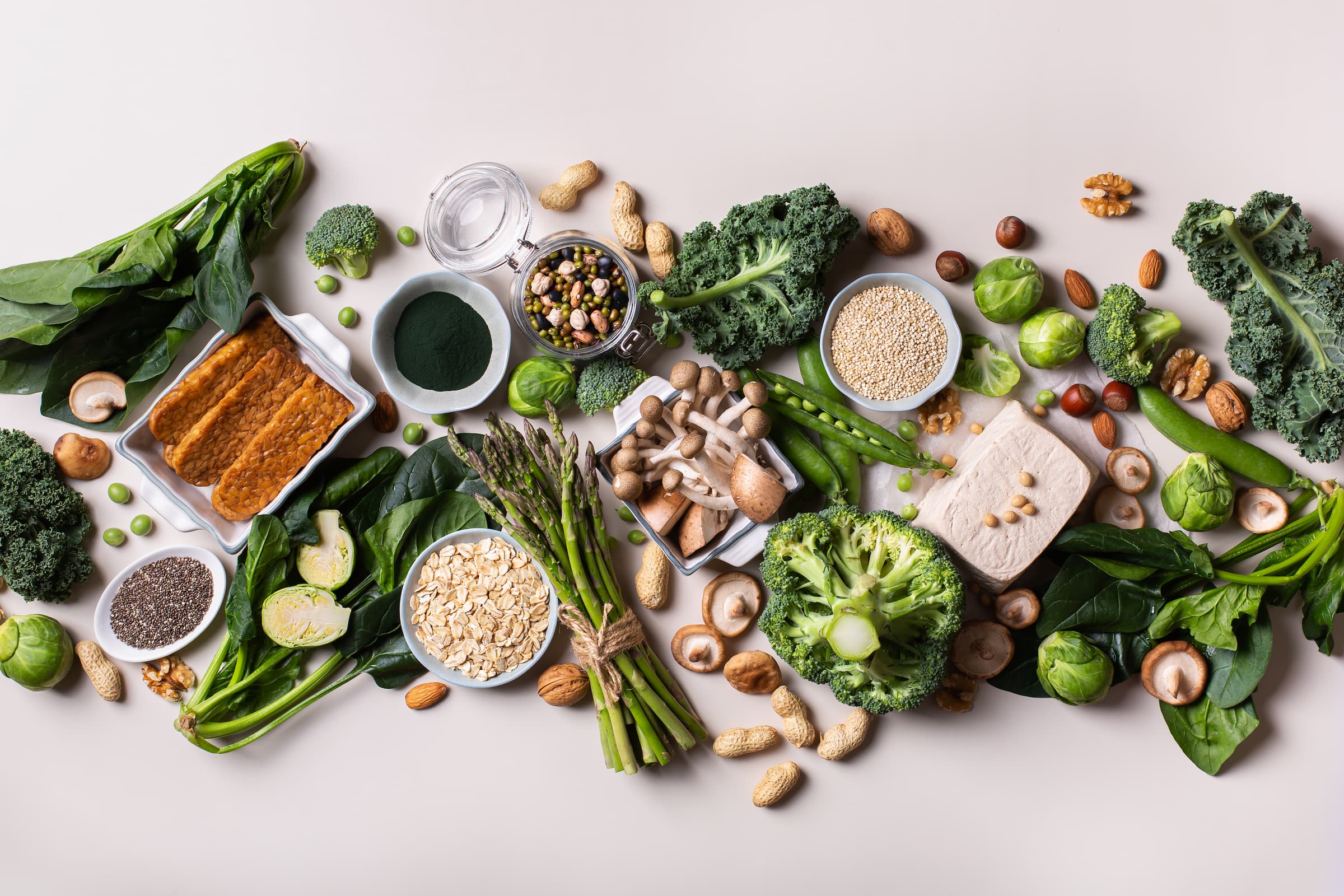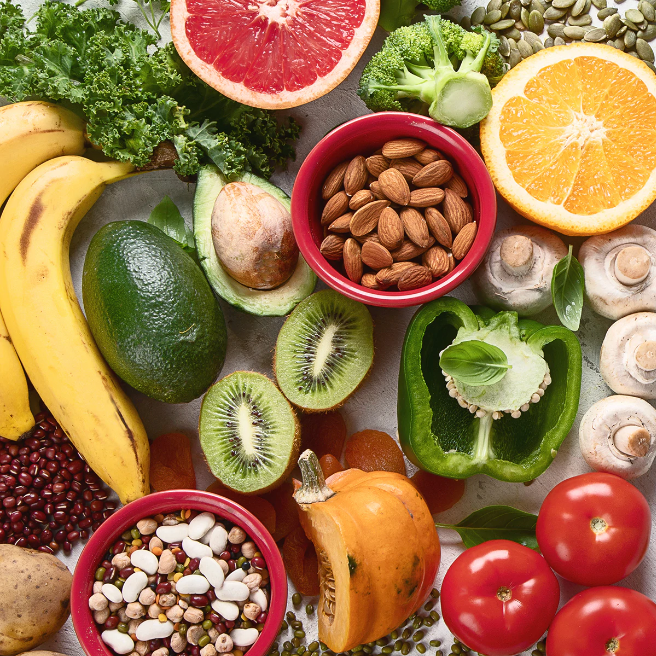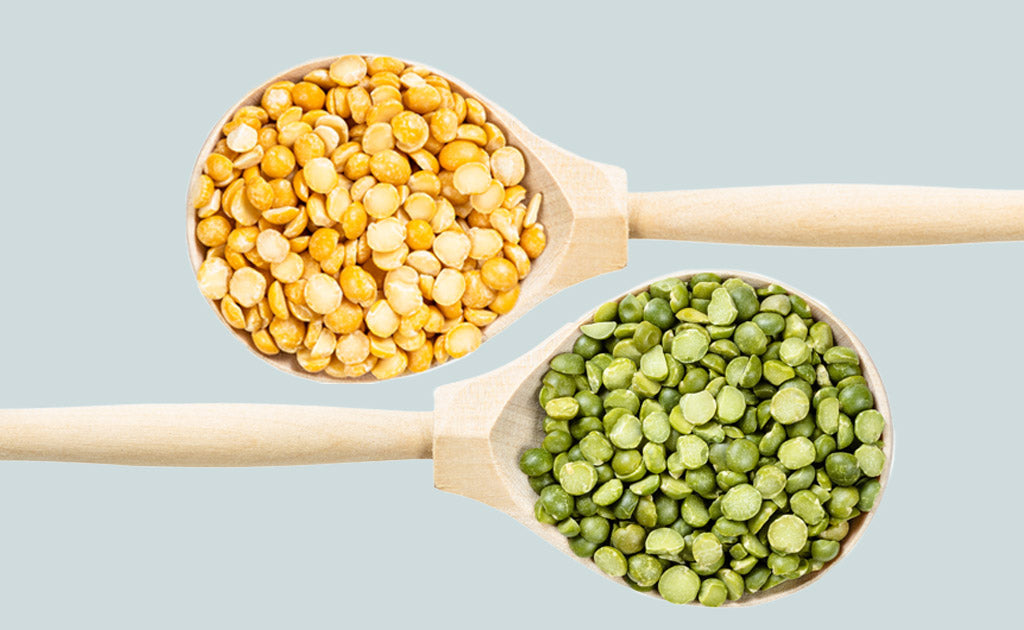Author: Megan Jones (Nutritionist)
When you hear mention of amino acids, you might cast your mind back to the periodic table from your high school chemistry class (in all its confusion), or, if you are an avid gym-goer, you would probably understand post-workout demands.
Either way, let’s break it down (no pun intended), so you have a deeper understanding of amino acids and how protein plays a crucial role in making them available to your body.
Key takeaways of amino acids and protein:
- An optimal balance of amino acids is required by the body to achieve a state of equilibrium.
- When we consume protein, amino acids are absorbed by the bloodstream for utilization around the body.1
- Amino acids are classified as either essential, conditionally essential, or nonessential, depending on whether our body is able to make them or not.2
- Branched-chain amino acids, found in Clean Lean Protein, are a popular health and fitness supplement for reducing muscles soreness, fatigue, and to increase muscle mass.3
- Glutamine and leucine are 2 amino acids, present in Clean Lean Protein and required by the body for optimal gut health, and post-exercise muscle recovery.
Do you know what happens when you eat a protein-rich meal? Firstly, amino acids are broken down in the small intestine and absorbed into the bloodstream. From here, they travel directly to the liver where they are used to make protein (or converted into other energy storage forms). And so, for this reason, amino acids are often referred to as the building blocks of proteins.
An optimal balance amongst amino acids in both the diet and circulation is crucial for achieving good health. After water, amino acids are the second most abundant compound in mammals!
Did you know that the way food is prepared and consumed impacts the speed at which amino acids appear in circulation? A study on the consumption of beef either as a steak or ground, showed that the amino acids appeared more rapidly in circulation after consuming the ground beef, and that whole-body protein balance was also higher.4
“Essential,” “conditionally essential,” and “non-essential” amino acids
Despite hundreds of amino acids being made by the body, only 20 are required to function optimally. In fact, research tells us that it is not necessary to consume all the essential amino acids at one time.5 The good news for vegans and vegetarians is that they can be spread over the course of an entire day, making it easier for daily protein requirements to be met.
|
ESSENTIAL AMINO ACIDS 6 |
CONDITIONAL AMINO ACIDS |
NON-ESSENTIAL AMINO ACIDS |
|
|
|
|
|
The body is not able to manufacture these so they must be ingested through diet |
These are required in the diet at times of particular need such as during growth, intense activity, stress or illness |
These can be made by the body and so are not essential in the diet |
|
|
|
|
|
Histidine |
Arginine |
Alanine |
|
Isoleucine |
Cysteine |
Asparagine |
|
Leucine |
Tyrosine |
Aspartic acid |
|
Lysine |
Glutamine |
Glutamic acid |
|
Methionine |
Glycine |
|
|
Phenylalanine |
Ornithine |
|
|
Threonine |
Proline |
|
|
Tryptophan |
Serine |
|
|
Valine |
|
Branched chain amino acids (BCAAs)
Of the 9 essential amino acids, 3 are BCAAs: leucine, isoleucine and valine.7
So why all the hype you ask? The beneficial effects in reducing exercise-induced muscle damage and soreness, as well as increasing resistance to fatigue have made BCAA supplementation increasingly popular in the health and fitness world. BCAAs have also been shown to increase muscle mass and are consumed by not only high level athletes but also by people involved in regular and moderate physical activities (regardless of their practice level) aswell.8
What is lesser known is that it is in fact the combination of frequency, amount and duration of the BCAA supplementation which appears crucial to triggering these beneficial effects.
Studies have shown that with daily intake larger than 200 mg per kg of body weight per day, and for a duration longer than 10 days starting at least 7 days before the damaging exercise would be effective to limit muscle damage resulting from exercise.8
Amino acid spotlight
Glutamine:
Specifically a conditionally essential amino acid, glutamine is the most abundant and versatile amino acid in the body. In fact, our cells use glutamine rather than glucose as their preferred fuel source!
Many of us have heard of the gut-brain axis, but just what is it and how does glutamine contribute to our gut health? The gut-brain connection, controlled via our vagus nerve, can impact the brain’s chemical environment, with poor gut health often leading to low mood, “brain fog,” poor memory, and other cognition issues. Recent research has indicated that glutamine can positively affect gut health9 by:
- Supporting the gut microbiome (the good and bad bacteria in our gut)
- Supporting the gut wall integrity (say goodbye to leaky gut!)
- Modulating inflammatory responses (to reduce inflammation and help your body return to a healthy balance)
Leucine:
As one of the BCAAs and also an essential amino acid, some researchers say that leucine may be the most important amino acid in the pool. It is well known for building and repairing muscles via stimulating the recovery of muscle protein synthesis.
If you are a keen cyclist, you will be happy to hear a crossover study of well-trained high-intensity male cyclists revealed that post-exercise leucine-protein ingestion both reduced perceived overall fatigue during their sprints and enhanced their speed the next day.10
If weight loss, however, is a focus of yours, leucine can help you too! What studies tell us is that supplementing with leucine increases our brain’s response to leptin, a hormone involved in appetite regulation.11
Leucine supplementation is also extremely beneficial for those older adults experiencing a muscle loss condition known as sarcopenia.12
Amino acids in Clean Lean Protein
Clean Lean Protein contains 21g of protein per serve, making it superior to most plant-based protein powders. It uses the highest quality pea protein isolate which is incredibly rich in protein and amino acids, and is one of the few ‘clean label’ vegetable proteins that’s free from from fillers, gums, preservatives, and anything artificial.
Clean Lean Protein is suitable for everyone, and you will be happy to know it provides the key building blocks needed for vitality, tissue repair, and muscle growth, so why not throw some in your smoothie and experience the difference!
References:
- Church DD, Hirsch KR, Park S, Kim IY, Gwin JA, Pasiakos SM, Wolfe RR, Ferrando AA. Essential Amino Acids and Protein Synthesis: Insights into Maximizing the Muscle and Whole-Body Response to Feeding. Nutrients. 2020 Dec 2;12(12):3717.
- Anashkina AA, Kuznetsov EN, Batianovskiĭ AV, Gnuchev NV, Tumanian VG, Esipova NG. [Classification of amino acids based on a comparative analysis of contacts in DNA-protein complexes and specific DNA-protein interactions]. Biofizika. 2013 Nov-Dec;58(6):975-80. Russian.
- Wolfe RR. Branched-chain amino acids and muscle protein synthesis in humans: myth or reality? J Int Soc Sports Nutr. 2017 Aug 22;14:30.
- Pennings B, Groen BB, van Dijk JW, de Lange A, Kiskini A, Kuklinski M, Senden JM, van Loon LJ. Minced beef is more rapidly digested and absorbed than beef steak, resulting in greater postprandial protein retention in older men. Am J Clin Nutr. 2013 Jul;98(1):121-8.
- Lopez MJ, Mohiuddin SS. Biochemistry, Essential Amino Acids.In: StatPearls. Treasure Island (FL): StatPearls Publishing; 2022
- Hou Y, Wu G. Nutritionally Essential Amino Acids. Adv Nutr. 2018 Nov 1;9(6):849-851.
- Nie C, He T, Zhang W, Zhang G, Ma X. Branched Chain Amino Acids: Beyond Nutrition Metabolism. Int J Mol Sci. 2018 Mar 23;19(4):954.
- Fouré A, Bendahan D. Is Branched-Chain Amino Acids Supplementation an Efficient Nutritional Strategy to Alleviate Skeletal Muscle Damage? A Systematic Review. Nutrients. 2017 Sep 21;9(10):1047.
- Kim MH, Kim H. The Roles of Glutamine in the Intestine and Its Implication in Intestinal Diseases. Int J Mol Sci. 2017 May 12;18(5):1051.
- Thomson JS, Ali A, Rowlands DS. Leucine-protein supplemented recovery feeding enhances subsequent cycling performance in well-trained men. Appl Physiol Nutr Metab. 2011 Apr;36(2):242-53.
- Zhang Q, Liu B, Cheng Y, Meng Q, Xia T, Jiang L, Chen S, Liu Y, Guo F. Leptin signaling is required for leucine deprivation-enhanced energy expenditure. J Biol Chem. 2014 Jan 17;289(3):1779-87.
- Martínez-Arnau FM, Fonfría-Vivas R, Buigues C, Castillo Y, Molina P, Hoogland AJ, van Doesburg F, Pruimboom L, Fernández-Garrido J, Cauli O. Effects of Leucine Administration in Sarcopenia: A Randomized and Placebo-controlled Clinical Trial. Nutrients. 2020 Mar 27;12(4):932.
